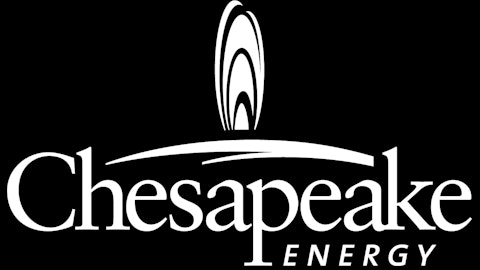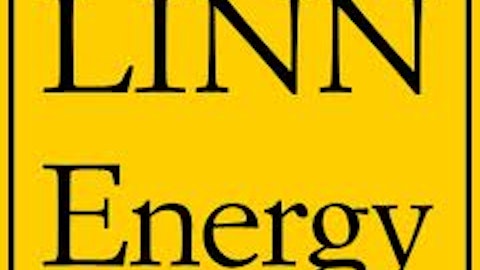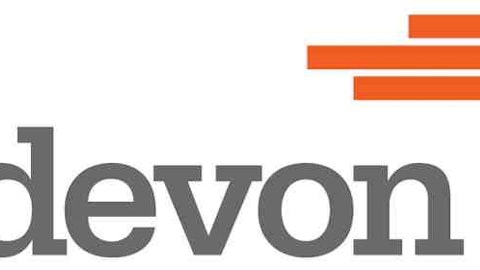The oil & gas industry has a tendency to go into mini-booms. Often things look very promising and money enthusiastically flows into the space. Unfortunately, in many cases, things don’t quite meet expectations and investors suffer. The latest mini-boom in the industry seems to center around “fracking.” This extraction technique has certainly increased the accessible amount of U.S. oil and gas, but one might be wary in assuming that this technological advancement will sustain significant long-term benefits.
Here’s why:
1. The profitability of fracking is debatable.

Specific company cash flow data seems to reinforce this premise. Looking at a producing cash burn per unit calculation, or the last twelve-months of cash used for drilling operations divided by the maximum annualized production, suggests the cost of production is meaningfully higher than believed in the market.
2. The long-term viability of fracking pools is unknown.
Estimating the amount and life of “frackable” reserves is not an exact science. Calculating the profitably accessible portion is even more difficult. Many industry experts are skeptical about the prevalence of economically viable long-term reserves. They worry about the rapid decline in production of easily garnered oil and gas and the disinclination of companies to try to extract the more difficult and costly plays.
There is some evidence supporting this view. Companies have shown a habit of divesting older properties and moving their interests rapidly from one “hot” field to the next favored location. One recent example is large producer Hess already reducing capital expenditures for the relatively new Bakken area by about 30% and increasing attention toward the emerging Utica shale play.
3. The company valuations are very optimistic.
Fracking optimism has pushed valuations to extremely enthusiastic levels. For example, the enterprise value (market capitalization plus debt, minus cash) relative to revenue ratio for a cross-section of fracking firms was in the range of around 3.3x to 9.5x. In relation, more diversified larger producers show an enterprise value to revenue ratio range of around 1.4x to 3.1x.
Some fracking firms with these tendencies include:
Continental Resources, Inc. (NYSE:CLR)
Continental Resources, Inc. (NYSE:CLR) has a majority of their operations in the Bakken region and crude oil comprised 72% of their total estimated proved reserves.
The company has posted cash flow deficit, or operating cash provided less cash used for production properties, of $857.6 million in 2011 and $1.86 billion in 2012. Their cash burn per production unit, based on cash used in 2012 of around $3.0 billion and an annualized estimate of 39.0 million barrels of oil equivalent (boe) production, comes to around $76 per boe. This compares to recent revenue of around $71 per boe.
In December 2012, Continental Resources, Inc. (NYSE:CLR) sold producing properties in its East business region. Earlier in 2012, they divested properties in Oklahoma and Wyoming. During 2011, Continental Resources, Inc. (NYSE:CLR) assigned properties to others in Michigan, North Dakota, and Montana.
Continental Resources, Inc. (NYSE:CLR)’s reasonable fair value is roughly $50 to $60 per share, assuming annual adjusted cash earnings of $930 million at a generous 10x to 12x multiple.
EOG Resources Inc (NYSE:EOG)
EOG Resources Inc (NYSE:EOG) is focused primarily in major producing basins like the Eagle Ford Shale and Barnett Shale. EOG Resources Inc (NYSE:EOG) has estimated proved reserves of 1.8 billion boe, of which about 40% were crude oil.
EOG Resources Inc (NYSE:EOG) posted cash flow deficits of $1.7 billion in 2011 and $1.5 billion in 2012. Cash used for production in 2012 was around $6.7 billion and with an annualized estimate of producing 171 million boe, their cash burn looks to be around $39 per boe compared to revenues of around $51 per boe.
During 2012, EOG Resources Inc (NYSE:EOG) sold producing properties and acreage primarily in the Rocky Mountain area, the Upper Gulf Coast region and Canada. The company also divested properties in the Rocky Mountain area and Texas, and sold a portion of their interest in the planned Kitimat liquefied natural gas export terminal in 2011
EOG Resources Inc (NYSE:EOG)’s reasonable business value looks to be around $86 to $103 a share based on estimated cash earnings of $2.3 billion and a capitalization multiple of between 10x and 12x.
Range Resources Corp. (NYSE:RRC)
Range Resources Corp. (NYSE:RRC) is focused mostly in the Appalachian Marcellus Shale play and natural gas accounted for about 79% of production.
The company had cash flow deficits of $567.9 million in 2011 and $851.5 million in 2012. Range Resources Corp. (NYSE:RRC)’s producing cash burn per unit is about $4.80 per million cubic feet equivalent (Mmcfe) in relation to revenue of around $5.18 per Mmcfe. This is based on cash used for properties in 2012 of around $1.5 billion and an annualized estimate of 308 Mmcfe production.
In December 2012, the company announced plans to sell some of their Permian and Delaware Basin properties. In November 2012, Range Resources Corp. (NYSE:RRC) sold their Ardmore Woodford properties and they decided to sell substantially all of their Barnett Shale properties in 2011.
With estimated cash earnings of around $350 million and a premium 12x to 14x multiple, Range Resources Corp. (NYSE:RRC)’s fair intrinsic value calculates to around $26 to $31 per share.
Bottom line
Oil & gas fracking has clearly increased America’s energy supplies and there is undoubtedly money to be made in the sector. But in an industry known for many enthusiastic booms that never quite live up to their promise, a little caution toward the anticipation of great future gains might be warranted.
The article Be Cautious on the Fracking Boom originally appeared on Fool.com and is written by Bob Chandler.
Copyright © 1995 – 2013 The Motley Fool, LLC. All rights reserved. The Motley Fool has a disclosure policy.





